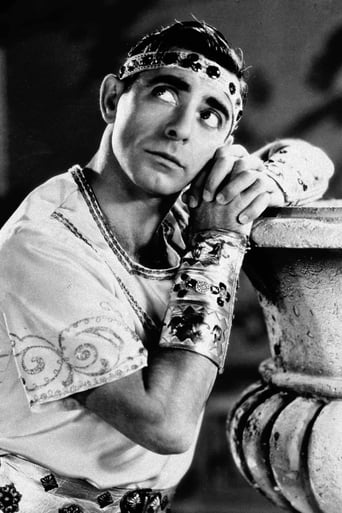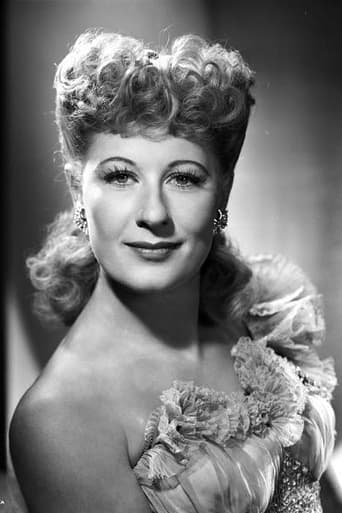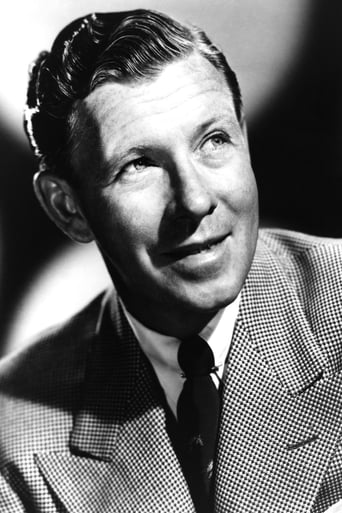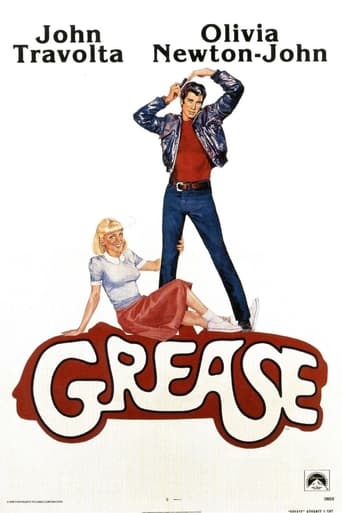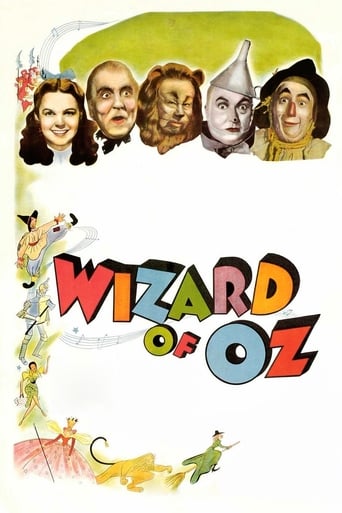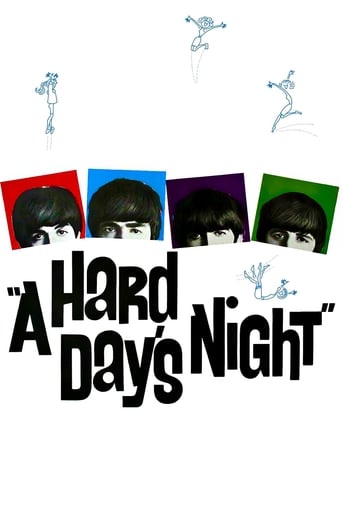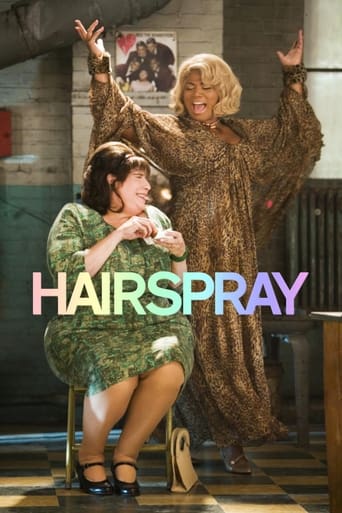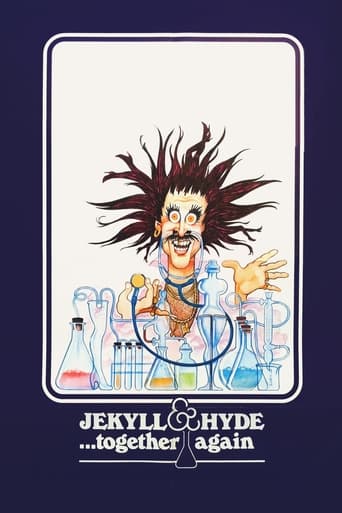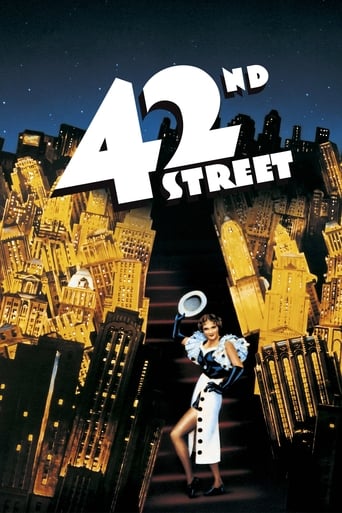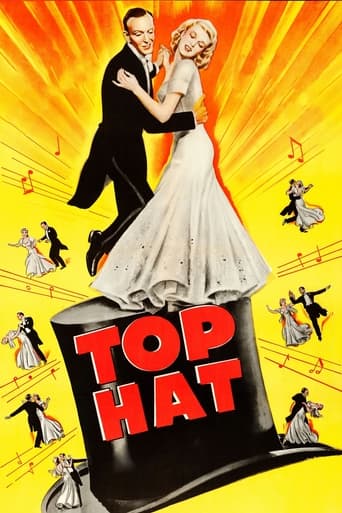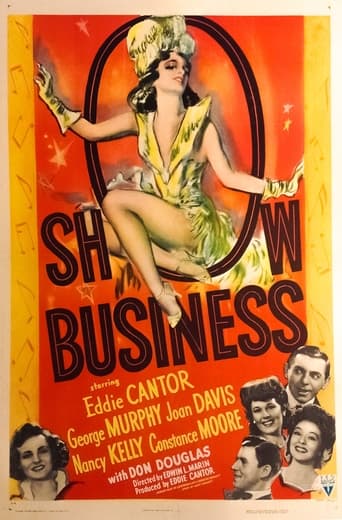
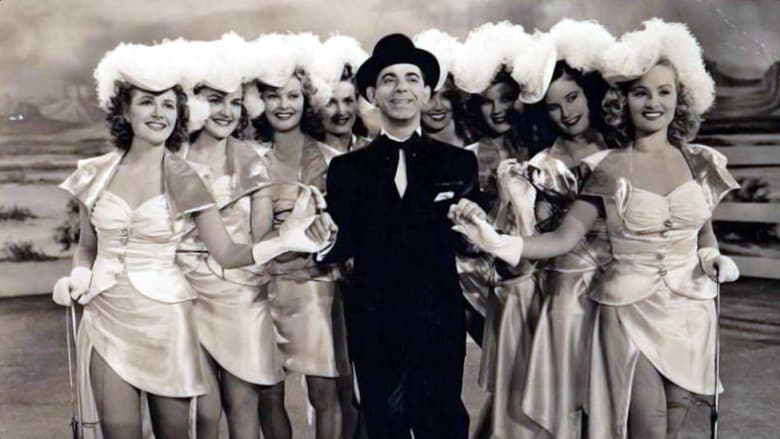
Show Business (1944)
Musical about vaudeville performers, from 1944.
Watch Trailer
Cast


Similar titles
Reviews
hyped garbage
As Good As It Gets
I am only giving this movie a 1 for the great cast, though I can't imagine what any of them were thinking. This movie was horrible
A terrific literary drama and character piece that shows how the process of creating art can be seen differently by those doing it and those looking at it from the outside.
Want to know what vaudeville was like? This film will probably give you a pretty good idea.I watched it because one of the stars is the great Eddie Cantor. It's sort of an ensemble picture, so you can't say that Cantor was THE star here, but let's face it, he was one of the truly greats. If there's a problem with Cantor here it's that he's playing a young fellow when he was 52! But he pulls it off...sorta. The gem of the picture is when he sings one of his standards -- "Makin' Whoopee". And, BTW, one of our other reviewers suggests that Cantor's character was clearly gay in this film. Bull toddy. Apparently wishful thinking.I didn't watch this film because of George Murphy. I've never sat down to watch a Murphy film, but sometimes ran into him when he was also in a cast. Here I was quite impressed. A pretty smooth hoofer, and decent in the acting department. I may have to watch a few other films of his and re-evaluate.Joan Davis never quite made it to the top, and was probably better suited for television than films (and she did later go into television; "I Married Joae"). She usually played a goof ball, as she does here, and she was pretty good at slapstick.The surprise for me here was Nancy Kelly. I guess I've seen her in films before and not paid much attention. She is very good here.Constance Moore...no more, please.The plot here is...well, not thin, but typical. Boy meets girl, boy wins girl, couple lose baby, boy loses girl, boy becomes alcoholic, but eventually they live happily ever after. Nothing new, but nicely done.
Eddie, Joan, George and Constance - when did the, now codified, tradition of comics using their real given names for their characters really get started? Latter day examples abound, from Lucy and Ricky, to Everybody Loves Raymond. When did this really get started? Al Jolson's characters were sometimes named "Al" going back into the 1920s. Here the time honored tradition is used four-fold for the quartet of stars in this picture.George Doane (George Murphy) is a successful burlesque performer who meets Eddie Martin (Eddie Cantor) backstage at an amateur night after George's performance. They hit it off, click and team up to be a hard-working and successful duo. Along the way, they meet a sister act, Joan Mason (Joan Davis) and Constance Ford (Constance Moore). George woos Constance relentlessly, while the four join forces as a show business four-some and eventually George and Constance marry. Joan, early on, sets her sights on Eddie who spends the rest of the picture evading her, providing a steady running joke throughout the picture.This four person troupe hits the road and life's ups, and its downs of melodramatic proportions, befall them along the way, some of which are surprisingly serious for such a light and breezy story. All's well that ends well and Eddie and Joan, who do yeoman's duty applying all of the comedic heavy lifting, put a brilliant button on the proceedings at the curtain's close.En route, we are treated to some real classics of Tin Pan Alley, and earlier, tunesmithery. No new songs, but some familiar chestnuts as well as a couple from Eddie Cantor's quiver such as "Making' Whoopee" and "I Don't Want To Get Well", among other American favorites, such as "Dinah", "I Want A Girl (Just Like The Girl Who Married Dear Old Dad)" and even a comic vaudeville treatment of the famous Sextette from Lucy (Lucia di Lammermoor). The charming "It Had To Be You" is sung multiple times, by both romantic leads and woven throughout the score, even converted to a minor mode for the sad moments, and generally is the signature tune for the romance angle of George and Constance throughout the story, from their first meeting to their final reconciliation. The musical numbers are by and large very entertaining and make up the best of this little sojourn through early 20c show business.The "Dinah" number is done in cringe-worthy black-face, though, I must say, if one could ever say such a thing, that it was somehow done elegantly. Cantor and Murphy come out in black-face but smartly dressed in beautiful white satin top hats and tails and present the song nicely and, the black-face notwithstanding, with much dignity. Overall, certainly much better than the troubling treatments of such numbers as "Goin' To Heaven On A Mule" from "Wonder Bar" (1934) or "Abraham" from "Holiday Inn" (1939). Really, the black-face could have been left out, save for the flimsy justification that historically, in the time period of the story, pre-WWI vaudeville, this style of performance would typically have been in evidence. It's regrettable and I wouldn't have missed it at all if the number had been done without the black-face makeup. For today's audience, it is a screaming distraction at the very least and easily much more offensive than any supposed value it might add. Interspersed between the musical numbers are many opportunities for Eddie Cantor's marvelous comedic schtick and Joan Davis' wisecracks and physical gags. They are hilarious and play off of each other very well. Cantor and Davis keep one watching when the story begins to bog down.And bogging down the proceedings are the romantic leads, Constance Moore and George Murphy. Murphy comes across as a little too thinly veneered and lightweight in the acting skills department to really carry the melodrama quotient to any meaningfully felt level. The George Doane character comes across as likable enough though he simply cannot evince any great pathos that might move the viewer to feel anything much in the way of empathy. Constance Moore was, sadly, very disappointing. She comes across as rather cold and cross too much of the time without giving much in the way of a warm and loving payoff, much needed and sorely lacking, to allow the audience to fall in love with her as well as to bring this story all the way home to its happy conclusion.The story, lacking much meat on its bones, doesn't give us thoughtful lead-ins or transitions through the many ups and downs of our four-some on the boards. Some plot turns come seemingly from out of nowhere and are as such rather jarring, leaving the viewer puzzled. It is almost as if the writers decided "okay, now we have to have boy lose girl" without first laying much in the way of proper groundwork. The wrap up feels slapped on and the happy ending comes too easily for the audience to feel that the characters earned it, but, by the end, all surely is well that ends well.In the final reckoning, what makes this film a delight to watch and a fine relic worthy of being preserved is that we get another opportunity, with better and more modern production values than were available in the early 1930s, to see Eddie Cantor masterfully work through some comic business and it is his contributions, along with those of Joan Davis, which really make this film a must see - right up to the curtain's close!I give this a generous 8 out of 10 stars largely on the strength of this being one more rare example to be able to see Cantor work his magic.
SHOW BUSINESS (what an imaginative title) is a look back at the heyday of vaudeville, with nods to its antecedent, burlesque. When this was made in 1944, vaudeville wasn't that long gone, so I suspect a lot of the original audience must have found the movie a strong nostalgia pull. Eddie Cantor and George Murphy play two vaudevillians hooked up with a pair of female vaudevillians played by Joan Davis and Constance Moore. They perform classic number after classic number in a virtually plot-free movie. Cantor of course is marvelous, if a little long in the tooth for the role. Murphy and Davis, both pretty young at the time, hold their own. Only Moore seems out of place, although she does her best. Musical numbers\include "It Had to Be You" and the Al Jolson classic, "Dinah." A blackface number comes as a shock to these 21st century eyes, but what are you gonna do? Cut it out? I am sure it was in years past, but the number is integral to the proceedings and entertaining without being overtly offensive. It reminds the viewer of vaudeville's deepest roots, the minstrel shows of centuries past.
This very funny and often very rude musical comedy is basically a biography of a burlesque to vaudeville song and dance team over the first 30 years of the 20th century. Produced in 1944 by RKO it forms part of the series of looser censorship titles that seemed to find some freedom to be more realistic (with a franker sexuality) during the war years. It is also part of the nostalgia mentality of WW2. SHOWBUSINESS is not a WW2 film but one made to shore up reasons why America fought, displaying a warm hearted Americana that justifies the American spirit - on stage in crummy burlesque and splashier vaudeville. The main stars are the unconvincing grinning George Murphy, always awkward and odd especially when tap dancing and the reliable and then retired 30s mega star Eddie Cantor who I personally find hilarious. Pratfall queen and camp comedienne Joan Davis becomes Edde's love interest: but... in this film Eddie's character is so clearly gay (the script makes no doubt he is both a sissy and not interested in a female lover that it is up to Joan to constantly turn to the camera and exclaim "but I just love that boy" chasing and embracing him while he squirms, even to the final fade out. One genuinely laugh out loud gag between them involves a massive salami...since she knows what Eddie likes. The dance numbers are pedestrian and just a blip above curiosity and there are so many montages using RKO musical stock footage that they almost take over the interest in the film, picking what obscure old title they have been lifted from. However, Joan and Eddie provide such a font of vulgar sex jokes and sly camp farce that they save the film from being bland. Oddly enough with all the vulgar jokes on hand, the Eddie Cantor song 'Makin Whoopee" is delivered in a slurred tone as if not to make such a big obvious deal of what 'makin whoopee' is actually referring to. A case of when the 1930 rendition is better than the 1944 one.


